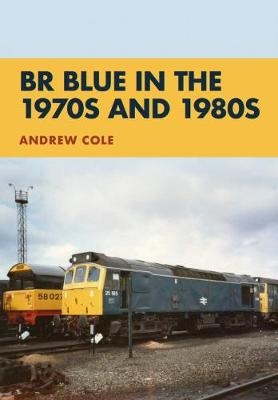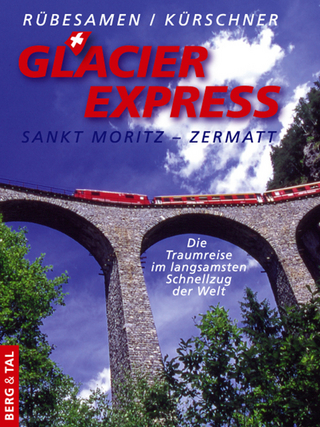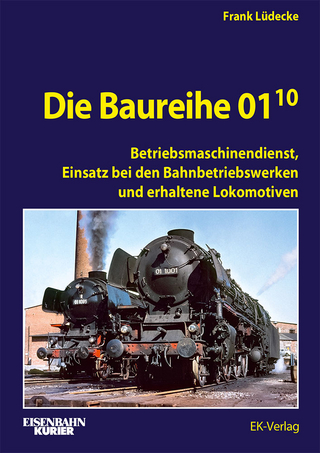
BR Blue in the 1970s and 1980s
Seiten
2017
Amberley Publishing (Verlag)
978-1-4456-7402-5 (ISBN)
Amberley Publishing (Verlag)
978-1-4456-7402-5 (ISBN)
A look at an iconic period in British rail history.
The 1970s were a decade of consolidation for British Rail, at a time when the company was fighting against the rise in the use of motor transport, both for passengers and freight.
Steam traction had finally been eradicated during the late 1960s, and British Rail adopted a new image, a livery of all over blue, with multiple units and coaching stock carrying blue and grey. During this time, British Rail also adopted the TOPS numbering system, whereby all locomotives were renumbered using a five-digit code, losing the earlier prefix numbers.
The blue livery was applied to nearly every locomotive that was used on the network, from the humble shunter, right through to the fast express electric locomotives. There were a few notable exceptions including No. 40106, which was the last locomotive to carry the green livery and was repainted to commemorate the fact.
The new corporate image was designed to bring a fresh new image to British Rail and, combined with the introduction of the High Speed Train, heralded a c hange in t he company’s fortunes.
This collection of photographs shows British Rail during this difficult period, a time when, livery wise, British Rail standardised their whole fleet, and includes photographs from the 1970s through to the mid-1980s.
The 1970s were a decade of consolidation for British Rail, at a time when the company was fighting against the rise in the use of motor transport, both for passengers and freight.
Steam traction had finally been eradicated during the late 1960s, and British Rail adopted a new image, a livery of all over blue, with multiple units and coaching stock carrying blue and grey. During this time, British Rail also adopted the TOPS numbering system, whereby all locomotives were renumbered using a five-digit code, losing the earlier prefix numbers.
The blue livery was applied to nearly every locomotive that was used on the network, from the humble shunter, right through to the fast express electric locomotives. There were a few notable exceptions including No. 40106, which was the last locomotive to carry the green livery and was repainted to commemorate the fact.
The new corporate image was designed to bring a fresh new image to British Rail and, combined with the introduction of the High Speed Train, heralded a c hange in t he company’s fortunes.
This collection of photographs shows British Rail during this difficult period, a time when, livery wise, British Rail standardised their whole fleet, and includes photographs from the 1970s through to the mid-1980s.
Andrew Cole has been interested in railways for over thirty years, sharing the hobby with his brother and late father, who ignited his interest. He has been lucky enough to see many different classes of loco. He lives in Birmingham with his wife and daughter, and has been employed by the railways for more than fifteen years.
| Erscheinungsdatum | 28.09.2017 |
|---|---|
| Zusatzinfo | 180 Illustrations |
| Verlagsort | Chalford |
| Sprache | englisch |
| Maße | 165 x 234 mm |
| Gewicht | 287 g |
| Themenwelt | Natur / Technik ► Fahrzeuge / Flugzeuge / Schiffe ► Schienenfahrzeuge |
| ISBN-10 | 1-4456-7402-5 / 1445674025 |
| ISBN-13 | 978-1-4456-7402-5 / 9781445674025 |
| Zustand | Neuware |
| Haben Sie eine Frage zum Produkt? |
Mehr entdecken
aus dem Bereich
aus dem Bereich
St. Moritz – Zermatt : die Traumreise im langsamsten Schnellzug der …
Buch | Hardcover (2023)
Verlag Berg & Tal
14,95 €
Betriebsmaschinendienst, Einsatz bei den Bahnbetriebswerken und …
Buch | Hardcover (2024)
EK-Verlag
54,00 €
Buch | Hardcover (2023)
GeraMond (Verlag)
27,99 €


